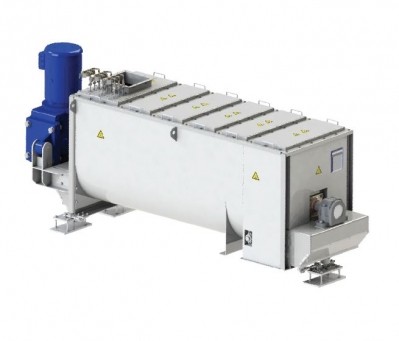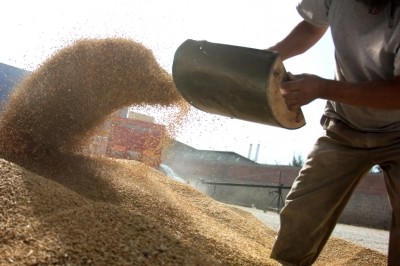Special Edition: Feed Technology
Technology tweaks address mounting diversification in premix sector

The pressure to continuously improve, to diversify product portfolio and meet individual farmer demands are key European feed additive industry drivers, said René Smulders, chief commercial officer (CCO) at that Dutch technology manufacturer, when we caught up with him to get his take on what feed producers are looking for in terms of technology innovation.
He said this increasing complexity in premix formulations is bolstering the need for greater accuracy in weighing and dosing, particularly in vitamin and enzyme levels.
“It is no longer about capacity today, it is more about a feed manufacturer’s willingness to be more flexible in how it adapts to changing market or farm gate needs,” Smulders told us.
But he said optimization of feed production in facilities can be supported by knowing where the bottlenecks are. Track and trace software, fundamental to KSE’s portfolio, can generate data on production over 12 months and indicate what needs to change.
“We get requests for production analysis on a frequent basis. Premix companies that have our software installed will still want us to review the data on production runs as they know we see it every day. That kind of skill set or competence is often not guaranteed in house,” said the CCO.
He said such data can be leveraged to generate an efficiency checklist to streamline production. “The idea is to get additional manufacturing capacity but not by extending equipment footprint within the plant. So, for instance, a company may decide that a more efficient hammer mill is needed or an extra hopper or an extra chain conveyor with more capacity,” said Smulders.
Batch driven processes
He said the premix product diversification trend is also fueling interest in container transport systems in feed production environments: “Automatic container transport (ACT) is not that well know yet. Rather than traditional conveying processes that are continuous, the ACT facilitates batch driven processes.”
It is a system, said Smulders, that allows transport of exchangeable containers from a mixer, for example, to an extruding line but also from bags to silos.
He said it is useful when a company has to make 20 to 50 different products per day.
The ACT system would allow the premix manufacturer make individual batches one at a time or two to four tons at a time, allowing the producer to change quickly and get things done at a fast pace.
“We have installed this technology in about 10 plants globally since 2009 including in facilities in the Netherlands, Norway, Germany, Poland, the UK and South Africa. Demand is growing every year.
While there is a downside in terms of the bigger footprint required, the gains are seen in the diversification of product allowed,” said the CCO.









